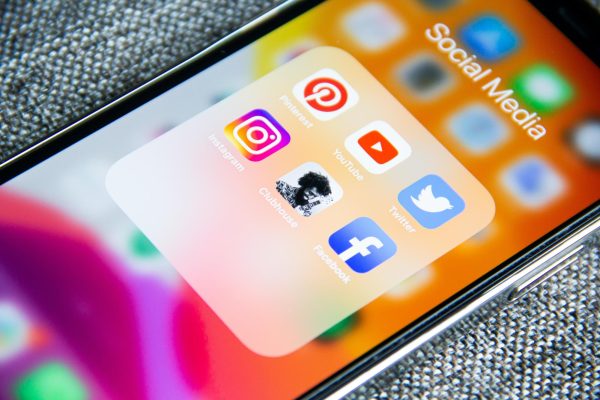EDITORIAL: Print Media
October 2, 2013
Archaeologists are still digging up scrolls in ancient, hidden caves all around the world. Forgotten leather bound books, foreign censuses, love letters from village-dwelling men and women who had to spell out the words “I love you” because the heart emoticon had not been invented, are all still being found in palaces and in tombs and in holes in the middle of the desert.
Words mean things—real, intrinsic things. So, writing them down makes them permanent in a sacred, human-specific sort of way. It makes the words last.
This is why print media is not and will never be completely dead.
The relevance of the written language is overwhelming. From putting together Ikea furniture, to philosophy, to the Taco Bell menu, to directions on assembling a fighter jet, tangible words denote everything. It’s a marker of a time, a place, an environment.
The first monthly newspaper was printed in 1559. That means between then and now the trend has stuck.
Yes—there is the Internet, and it has hit newspaper and magazine sales the same way it has affected movies and album sales. But this is not the death nail on centuries of mass-produced text.
Pages, physical pages, will always be more pleasing to an audience. They’re interactive and exist without a Wi-Fi connection. (Think of unstable networks like hawkwifi.) There is an iconic texture of the paper, colors that simply cannot exist on a computer screen. It’s sensory and real.
Aside from that, people trust a printed page more than they trust the Internet. The Internet is changed every second by millions of people. It can be accessed by faceless, anonymous writers. There is a quickness and fluidity to how easily information can be altered and updated that is convenient, but less credible than printed work.
Printed work cannot simply be erased and rewritten once it is made.
There is an awareness that if something is published in print, it has to be true long enough to go through the actual printing process. An unfortunate amount of times lately, “news” is thrown haphazardly thrown on the world wide web in the blink of an eye only to be found false minutes later.
Printed news sources are also renowned for their inaccuracies, but with the extra time it takes to produce them it is less likely.
Print media just feels more credible.
All of that being said, it would be silly to deny that a media revolution is upon us.
Social media, news media, pictures, videos, both breaking and old—it’s all at the touch of a button. The Internet has made news more accessible to a wider audience. More people who would have never before been interested in local politics or national warfare can browse the subjects while waiting for coffee.
The most recent switch is that the Internet is no longer supporting print media. Print media is beginning to supplement Internet news sources.
The trend is for breaking, attention-grabbing stories to be published online immediately with follow-ups and meatier, but not as time-critical, stories to be printed on paper.
Which is alright.
The Internet is a powerful, all-encompassing tool that can be used to push media to new heights. The evolution of language is constant and it is true that the World Wide Web is the new frontier.
But when technology fails or our artifacts are being excavated by our children’s children, it’ll be the print that will last.
Print media is getting stronger, not dying.






















